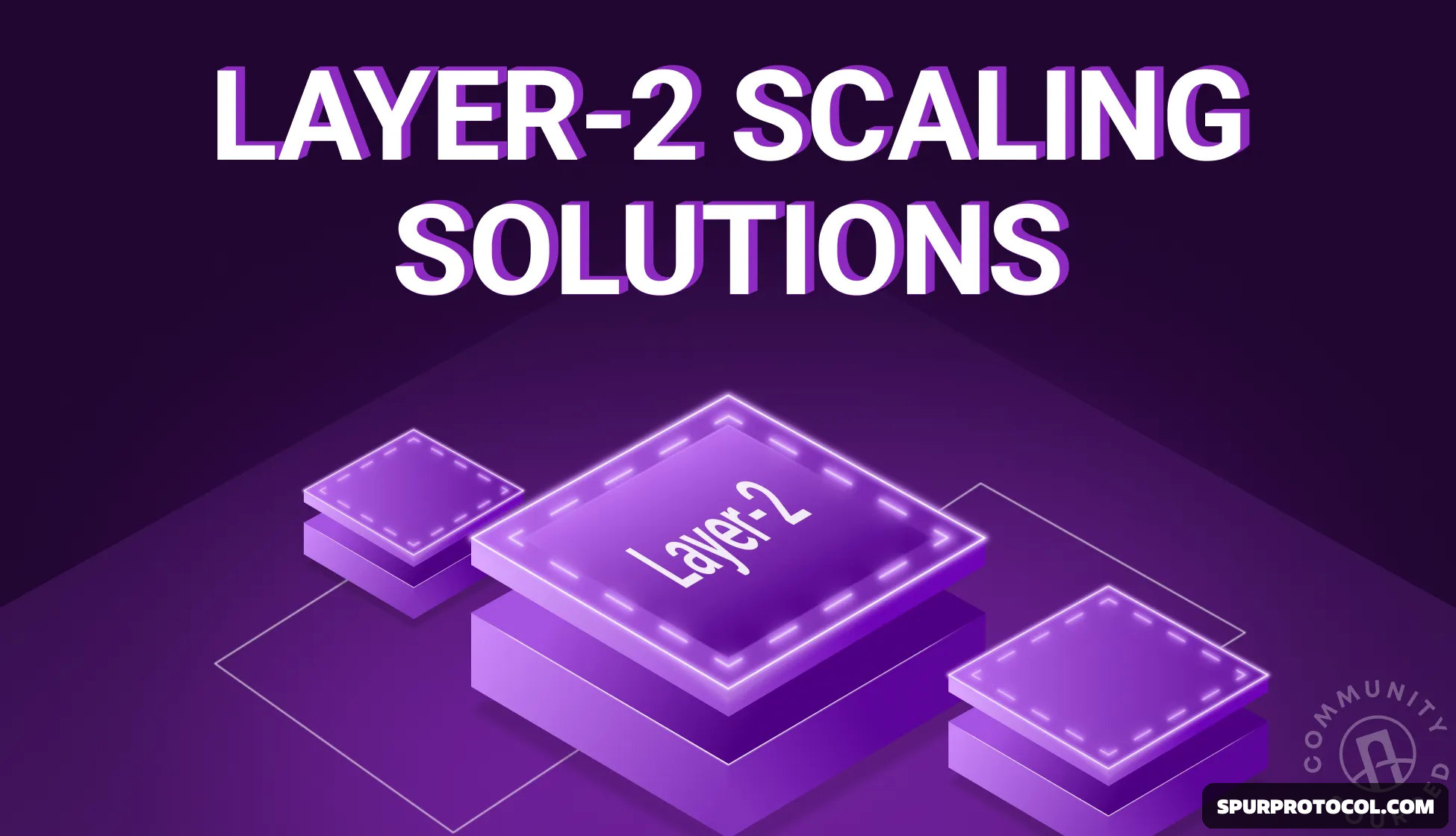Ethereum, the second-largest cryptocurrency by market capitalization, has been at the forefront of blockchain innovation for years. However, as Ethereum has grown, so too have its scalability challenges. The Ethereum network, despite being decentralized and secure, faces issues with high gas fees and network congestion, particularly during periods of heavy usage. In response to these challenges, Layer 2 solutions have emerged as a potential answer to scaling Ethereum without compromising its decentralization or security.
Understanding Layer 2 Solutions
Before diving into how Layer 2 solutions help, it’s essential to understand the basic concept behind Ethereum’s scalability issue. Ethereum's main chain (Layer 1) processes transactions sequentially, which leads to congestion when there are too many transactions being processed at once. This results in higher fees and slower transaction speeds. Ethereum can only handle a limited number of transactions per second (TPS), which is currently around 30–45. This is far below the capacity needed to scale Ethereum for global usage.
Layer 2 solutions are built on top of Ethereum’s Layer 1 blockchain and aim to reduce the load on the main chain by processing transactions off-chain or in a more efficient manner while still benefiting from the security and decentralization of Ethereum’s base layer.
Types of Layer 2 Solutions
There are several types of Layer 2 solutions, each offering unique approaches to improving scalability:
1. Rollups: Rollups are the most widely discussed Layer 2 solutions for Ethereum. They bundle multiple transactions together and process them off-chain, only submitting the final result to the main Ethereum chain. There are two primary types of rollups:
Optimistic Rollups: These assume transactions are valid by default and only check for fraud when a challenge is made. Optimistic rollups offer high throughput and low fees, but the delay in finality can be a drawback.
ZK-Rollups: Zero-Knowledge rollups use cryptographic proofs to ensure that off-chain transactions are valid. ZK-rollups are faster and provide stronger security guarantees but are more complex to implement.
Both rollup solutions significantly reduce the transaction load on Ethereum while maintaining its security features.
2. Plasma: Plasma is another Layer 2 solution that works by creating smaller, child chains off the Ethereum mainnet. These child chains can process transactions independently, with periodic commitments to the Ethereum blockchain. Plasma helps improve scalability by reducing the number of transactions that need to be processed on the main chain.
3. State Channels: State channels allow participants to conduct multiple transactions off-chain in a private, secure environment. Once the transactions are finalized, the state of the channel is recorded back on the Ethereum blockchain. This method is especially useful for use cases like gaming or micropayments, where participants need to make frequent and fast transactions.
4. Sidechains: Sidechains are independent blockchains that are connected to the Ethereum mainnet but operate independently. Sidechains can have their own consensus mechanisms and governance rules. While they offer scalability and flexibility, sidechains do not benefit from Ethereum’s security guarantees in the same way as rollups or plasma.
Why Layer 2 Solutions Matter
Layer 2 solutions are critical to Ethereum’s future, particularly as the network continues to grow in popularity. Here are a few reasons why they are essential:
1. Scalability: Layer 2 solutions significantly improve Ethereum’s transaction throughput, enabling the network to handle thousands or even millions of transactions per second (TPS). This is vital for applications that require fast and efficient transactions, such as decentralized finance (DeFi), gaming, and NFTs.
2. Lower Gas Fees: One of the most pressing issues for Ethereum users is the high cost of gas fees, especially during periods of network congestion. By processing transactions off-chain, Layer 2 solutions can drastically reduce gas fees, making Ethereum more accessible to everyday users and smaller transactions.
3. Interoperability: Many Layer 2 solutions aim to make interoperability between different Ethereum-based applications and even other blockchains easier. This can enhance the user experience and foster a more interconnected crypto ecosystem.
4. Decentralization and Security: While Layer 2 solutions operate off-chain, they still rely on the Ethereum base layer for security. This means that users can benefit from the scalability of Layer 2 while still trusting Ethereum’s decentralized and secure infrastructure.
Real-World Use Cases of Layer 2 Solutions
Several projects and platforms have already implemented Layer 2 solutions, demonstrating their real-world viability:
Uniswap: As one of Ethereum’s most popular decentralized exchanges (DEX), Uniswap has integrated Optimistic Rollups to improve transaction speed and reduce gas fees for users.
Polygon (formerly Matic): Polygon is a popular Layer 2 scaling solution that uses a combination of sidechains and Plasma to provide faster and cheaper transactions for Ethereum-based applications.
Loopring: Loopring uses ZK-Rollups to offer fast and inexpensive decentralized trading with near-instant settlement times.
The Future of Ethereum with Layer 2 Solutions
The Ethereum community is actively working to make Ethereum more scalable, and Layer 2 solutions are a crucial part of this journey. As the Ethereum network transitions toward Ethereum 2.0 (with the upcoming transition to Proof of Stake and sharding), the role of Layer 2 solutions will only increase in importance. Ethereum’s scaling challenges are unlikely to be solved by any single solution; instead, a combination of Layer 2 technologies, along with Ethereum 2.0 upgrades, will pave the way for a more scalable and efficient Ethereum network.
